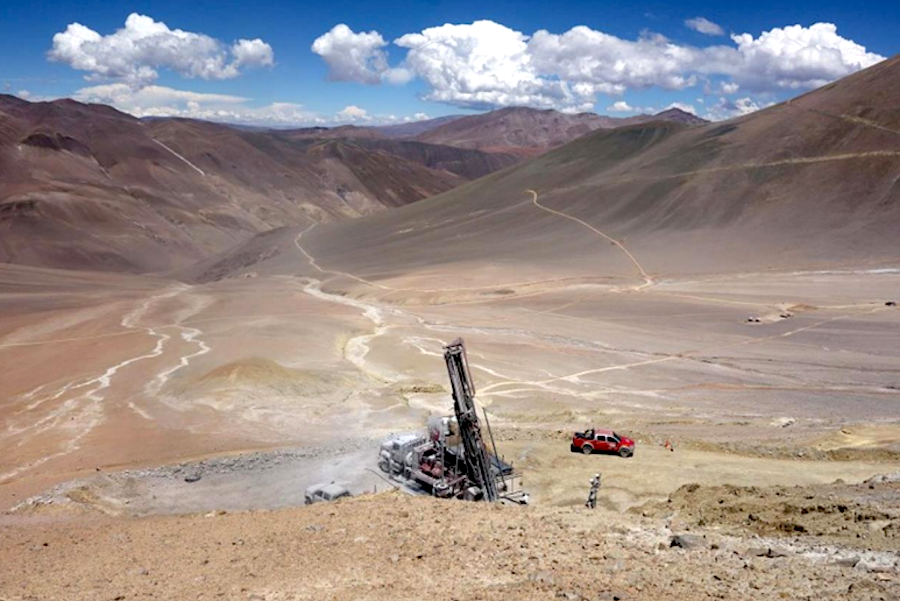British Columbia Tailings failure at the HB mine near Salmo BC
A short note to end a sunny day. There is a report of potential failure of a tailings dam on the news. Here is what is reported:
The Regional District of Central Kootenay (RDCK) Emergency Operations Centre is working with various agencies to ensure public safety for travelers and area residents in response to concerns about sloughing and seepage from a tailings pond.
The tailings pond has been impacted by heavy rainfall yesterday and ongoing creek/stream inflows. Some sloughing of the earthen dam was observed yesterday and there is ongoing seepage from sections of it. The tailings pond is located east of Highway 3 and 6, and south of Emerald Road, near Salmo driving south towards the Kootenay Pass summit.
The Regional District purchased the former HB Mine property as part of its central landfill area in 1998.
Residents who could be affected by a structural failure impacting the highway and properties below the site have been notified by the RCMP. Currently flaggers are positioned on the highway as a precautionary measure.
Geotechnical engineers have installed three pumps to decrease the level in the tailings pond as a first step. Additional larger diameter pumps and siphoning hoses are en route to continue to reduce water levels. An outlet channel is also being deepened. Several excavators are on site and will work at in-filling areas of seepage when they are able to be deployed safely.
Environmental monitoring and reporting is ongoing and 24 hour security has been implemented at the site. The weather forecast is favorable – with little or no precipitation forecast – and geo-technicians and engineers on site indicate the area is gradually getting drier. This should permit additional remediation planning and on-site work to proceed over the next few days.
I do hope we get to read more as the situation develops and that the lawyers do not clamp down on things.
Here from a 2000 report on the tailings ponds of the area is a bit of background:
The purpose of this report is to compile a general inventory and brief history of the historical mines, tailing piles, and ponds in the Salmo River Watershed. We have broken the watershed down into specific areas in which there was dense mine development. Each area is discussed and the major producing mines and mills and significant tailing piles are located. These areas include some of the tributaries of the Salmo River as well as the river itself.
We have prepared maps in order to give a visual perspective of the density of mines in each area. It is necessary to say that these maps are in no way exhaustive, there were at one time in this valley, around the turn of the last century, some 600 operating mines. The Salmo Watershed Tailings and Mine Locations map on the next page illustrates all of the mines and tailings that we could look at in yellow and the tailing piles of priority concern to the health of the Salmo River, in red.
The tailing piles were prioritized by their visual size and proximity to water courses. The tailings of priority concern are significantly large and directly adjacent to the Salmo River. The other tailings that we looked at were visible by helicopter or by vehicle when exploring these old mining roads.
We would like to stress that it is probable that the tailings these mines have produced may continue to have significant impact on our precious waterways. It is for this reason we are trying to identify areas of concern. We hope that each one of these areas will receive further attention in order to recruit them back toward naturally functioning ecosystems.
An explanation of the milling processes includes flow charts to show which part of the mineral extraction process the mine waste comes from and why. Common environmental hazards due to the mineral extraction process such as acid mine drainage and metal toxicity are also discussed.
The two main areas of concern, that we were able to identify are the Yankee Girl Tailings located at the tributary of the Salmo River and Wildhorse Creek , and the Wesko tailings from the Center Star mine located near the confluence of the Salmo River and Ocsar Creek. These two tailings locations are by no means the only locations that we hope community action can help deal with in the near future. Other locations in the Sheep and Wildhorse Creek watersheds deserve our consideration.
{{ commodity.name }}
{{ post.title }}
{{ post.date }}

Comments